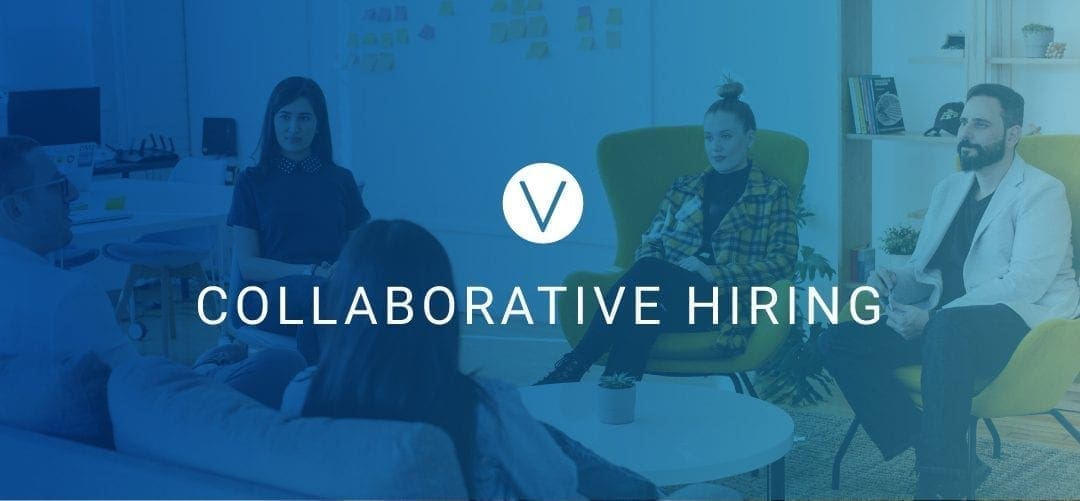 Collaborative hiring might already be an organic part of your recruitment process, while for others, the term may be an oxymoron. Depending on your organization, hiring may be viewed as a team mission, while others rely solely on the human resource department to attract, hire and onboard new talent.
Collaborative hiring might already be an organic part of your recruitment process, while for others, the term may be an oxymoron. Depending on your organization, hiring may be viewed as a team mission, while others rely solely on the human resource department to attract, hire and onboard new talent.
Collaborative hiring is a team-based method that involves additional staff to participate in various parts of the process, allowing the candidate to meet potential colleagues. Collaborative hiring also allows staff to contribute insight into a4a.app crucial, day-to-day job requirements, and could also help to identify a better cultural fit from the onset. Best implemented as part of the interview process, collaborative recruiting can take more time on the front end with multi-stage interviews, but can often result in a better quality hire.
Collaborative Hiring Results in a Better Cultural Fit
By involving more staff in the hiring process, you will be able to get a clearer picture as to what traits, skills and knowledge is really needed to do the job. The job description typically outlines basic skills and requirements, but the people who do the job every day are the best resource for the day-to-day realities. Include staff members to draft up initial interview questions. Ask them what they wish they were told when they were interviewed, or what skills the job requires that they didn’t know when they first started.
Allowing the candidate to speak directly with potential team members will also give them additional insight into the role. Allow candidates to ask your staff questions, and vice versa. This can be done during a second interview, or even as part of a half day job shadow.
Since collaborative hiring allows HR managers to involve their team in the process, it results in staff feeling heard, valued and understand that their input matters.
Collaborative Hiring Can Create an Optimal Candidate Experience
Involving more people in the hiring process can help to create a truly authentic experience for the candidate on many levels. HR managers and recruiters workload can significantly decrease by sharing hiring responsibilities with colleagues. Alleviating tasks can allow the recruiter to spend more time with the candidate, resulting in a more quality interview for a high-quality candidate experience.
Additionally, it allows for a more in-depth and authentic interview process. Recruiters and involved staff can think outside of the traditional, 30-40 minute interview and develop additional ways for the candidate (and your staff) to get to know one another. Job shadowing, roundtable discussions and even participating in mini projects as a collaborator are all creative ways to not only get the candidate more involved in the process, but also allows you to see them in action as a potential employee. Working directly with their would-be team can also help to solidify a great cultural fit, or sift out one that doesn’t work.
Collaborative hiring allows you to put your best foot forward by showcasing your top staff, talk through projects or recent company accomplishments. All of these extra efforts in terms of time and experience will go a long way toward creating a positive candidate experience.
Are you interested in learning about the benefits and disadvantages of more of the most popular and effective interviewing styles? Check out our blog article, Find Your Best Fit Interview Approach, to discover additional ways to reinvent your approach to interviewing!

